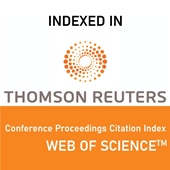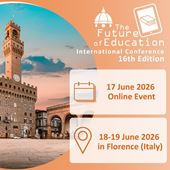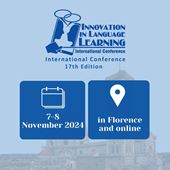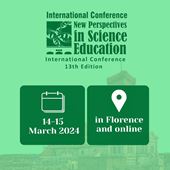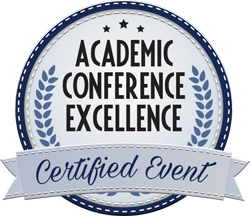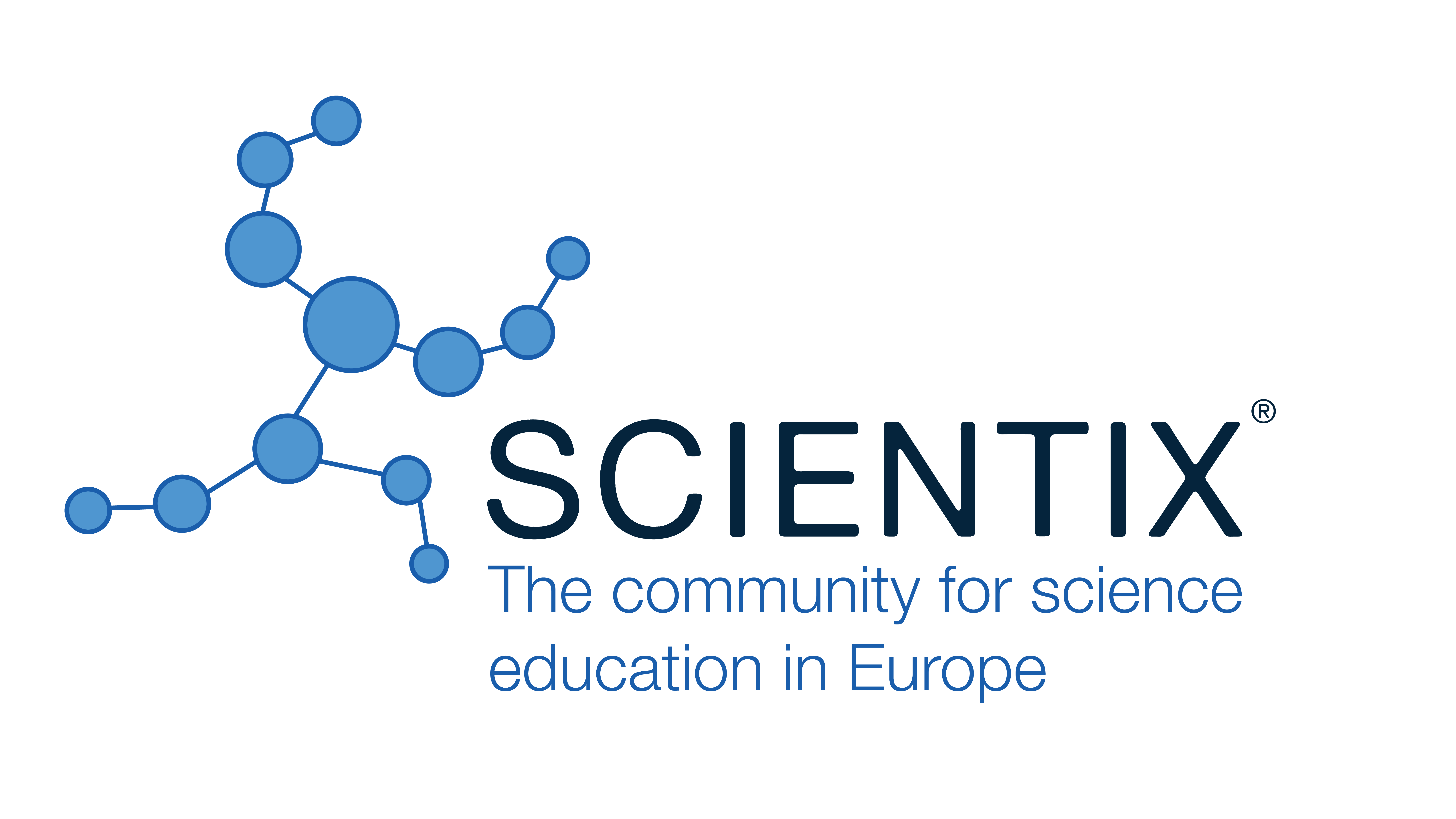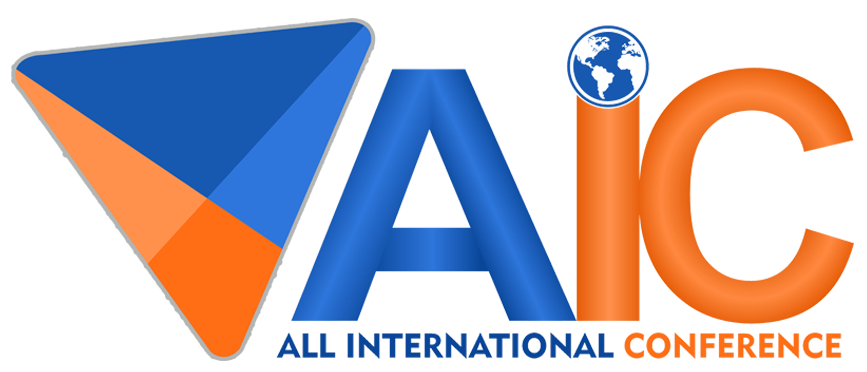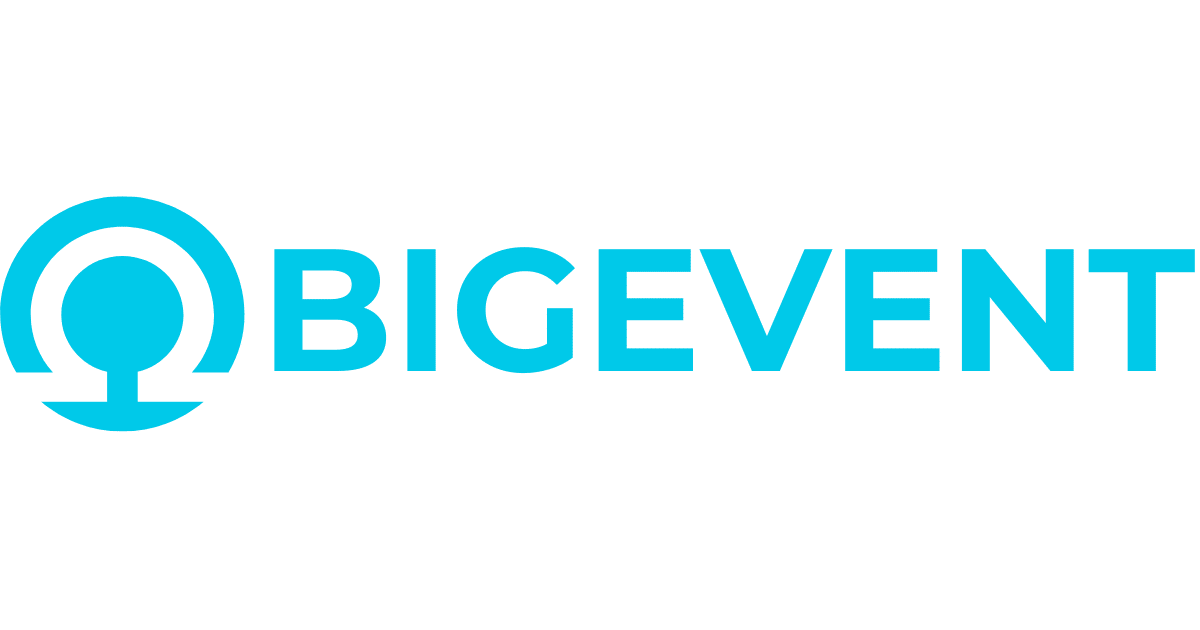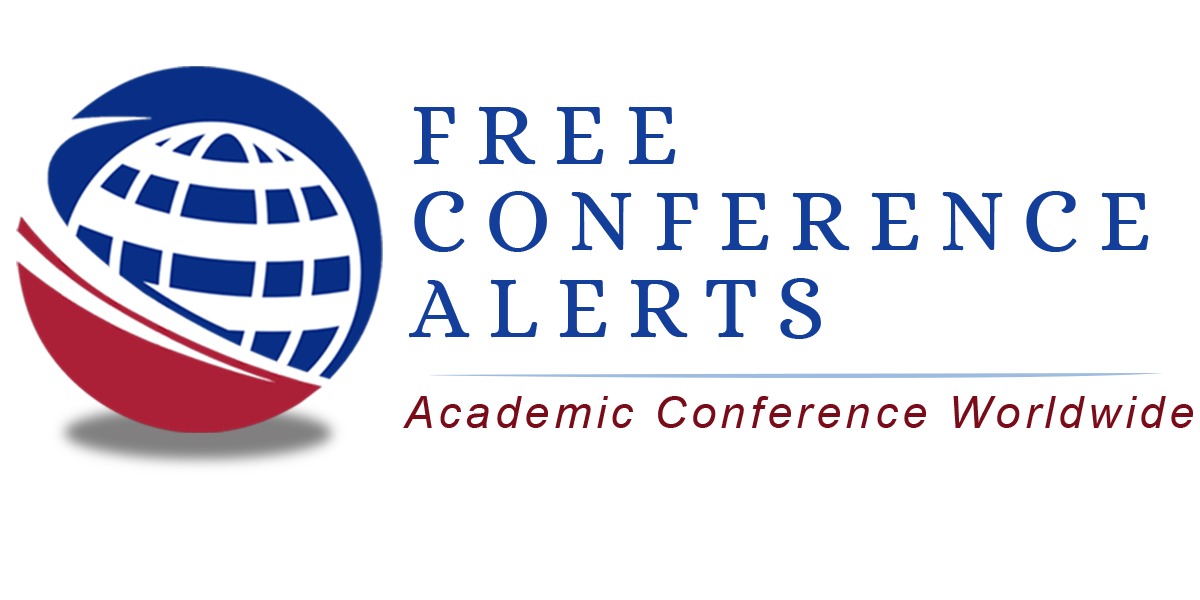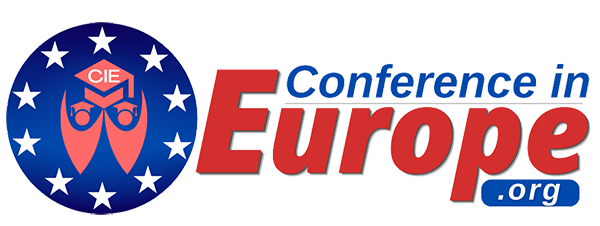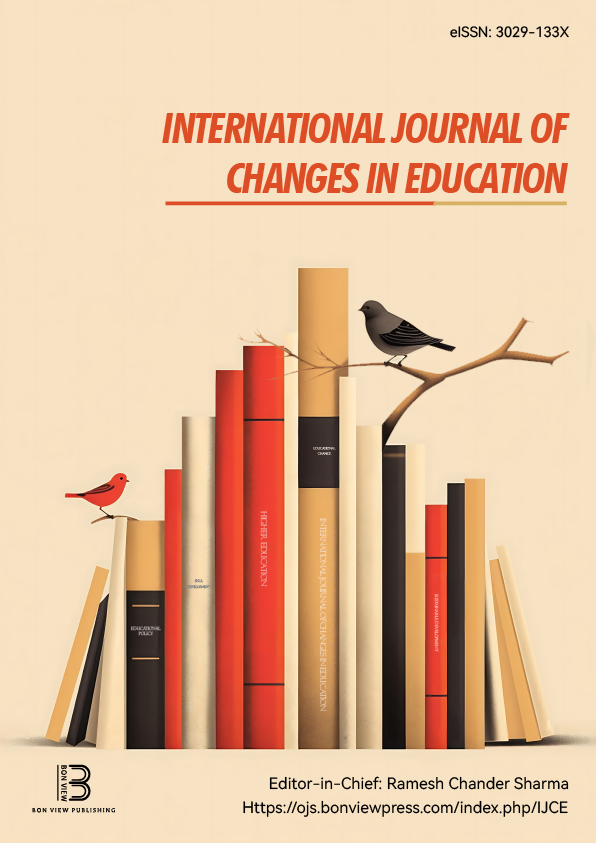The Integration of Generative Artificial Intelligence As A New Actor in Academic Film and Television Schools
Matan Aharoni, Ariel University (Israel)
Abstract
This study investigates the integration of generative artificial intelligence (GenAI) in academic film and television schools by conducting a thematic qualitative analysis (Braun & Clarke, 2006) based on in-depth interviews with 15 students studying film and television in Israeli academia and 15 lecturers from universities and colleges across Israel.
The study examines how generative artificial intelligence technology is perceived, presented, learned, and integrated in academic production studies. This examination focuses on the role attributed to GenAI by lecturers and how students are using it during their studies. The focus on film and television studies in Israel stems from the fact that Israel is a country where its citizens are perceived as early adopters of new technology (Moretti, 2019).
The study introduces theoretical innovation by using actor-network theory (ANT) (Latour, 1987; 2005), which views technology as part of a network comprised of various actors that are equally (symmetrically) important, including both humans and non-human elements
This study proposes a theoretical model for integrating GenAI technology into academic studies of screen arts. The model presents a spectrum ranging from GenAI technology as a 'disruptive technology' (Amankwah-Amoah et al., 2024; Wong, 2024) that fundamentally changes the field, to avoiding using this new technology. It explores, in the middle of the spectrum, the potential of integrating this new technology as part of the convergence of technology and human creativity (Martín-García, 2020). This spectrum is connected to various contexts, production and creation areas, the nature and characteristics of texts, and the boundaries in the learning and creation process.
Based on interviews with students, it was found that GenAI is a source of inspiration and a catalyst for the creative process. However, students feel that GenAI does not provide the emotion and humanity necessary for their creations. Additionally, there is a lack of confidence and trust in the products generated by GenAI. Therefore, at this stage, GenAI is viewed as a secondary actor in the creative process for students.
|
Keywords |
Generative Artificial Intelligence, Actor-Network Theory, Film and Television schools, Disruptive Technology, AI in education |
|
REFERENCES |
Amankwah-Amoah, J., Abdalla, S., Mogaji, E., Elbanna, A., & Dwivedi, Y. K. (2024). The impending disruption of creative industries by generative AI: Opportunities, challenges, and research agenda, International Journal of Information Management, 79, 102759, 1-11. https://doi.org/10.1016/j.ijinfomgt.2024.102759
Braun, V. & Clarke, V. (2006). Using thematic analysis in psychology. Qualitative Research in Psychology 3(2), 77–101. https://doi.org/10.1191/1478088706qp063oa.
Latour, B. (1987). Science in action: How to follow scientists and engineers through society. Harvard University Press. Latour, B. (2005). Reassembling the social: An introduction to actor-network-theory. Oxford University Press.
Martín-García, A.V. (2020). Blended Learning: Convergence between Technology and Pedagogy. Springer International Publishing
Moretti, G. (2019). Education Technology and the Startup Nation: A Black Box Reasoning. Final Thesis, master's degree in international management. http://dspace.unive.it/bitstream/handle/10579/16589/871719-1231163.pdf?sequence=2 Wong, W. K. O. (2024). The sudden disruptive rise of generative artificial intelligence? An evaluation of their impact on higher education and the global workplace. Journal of Open Innovation: Technology, Market, and Complexity, 10(2), 1-8. https://doi.org/10.1016/j.joitmc.2024.100278 |
 The Future of Education
The Future of Education
